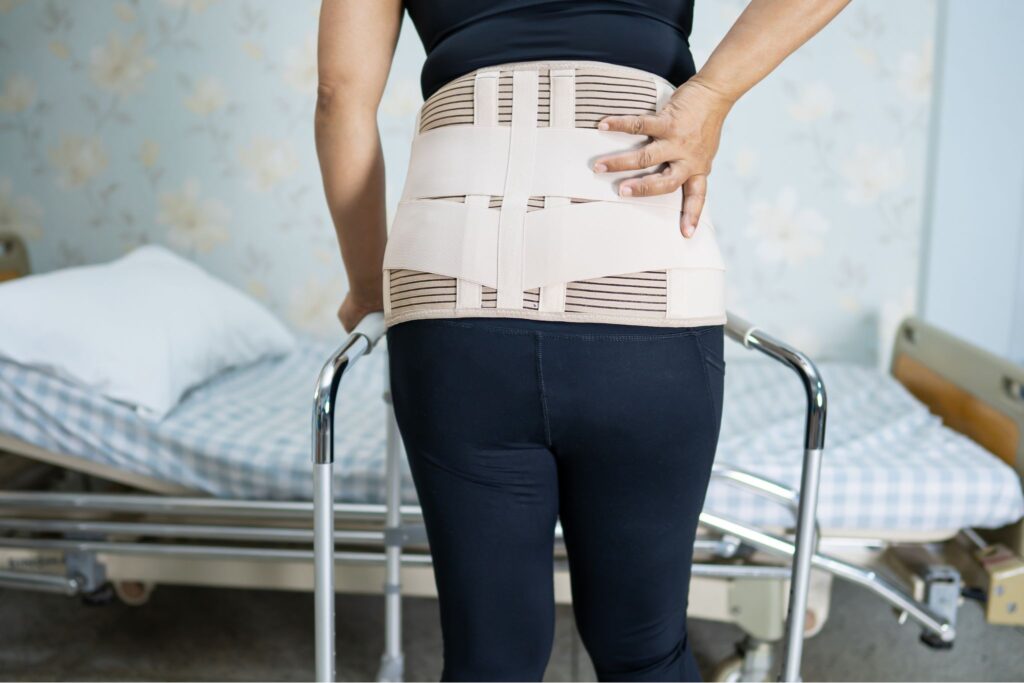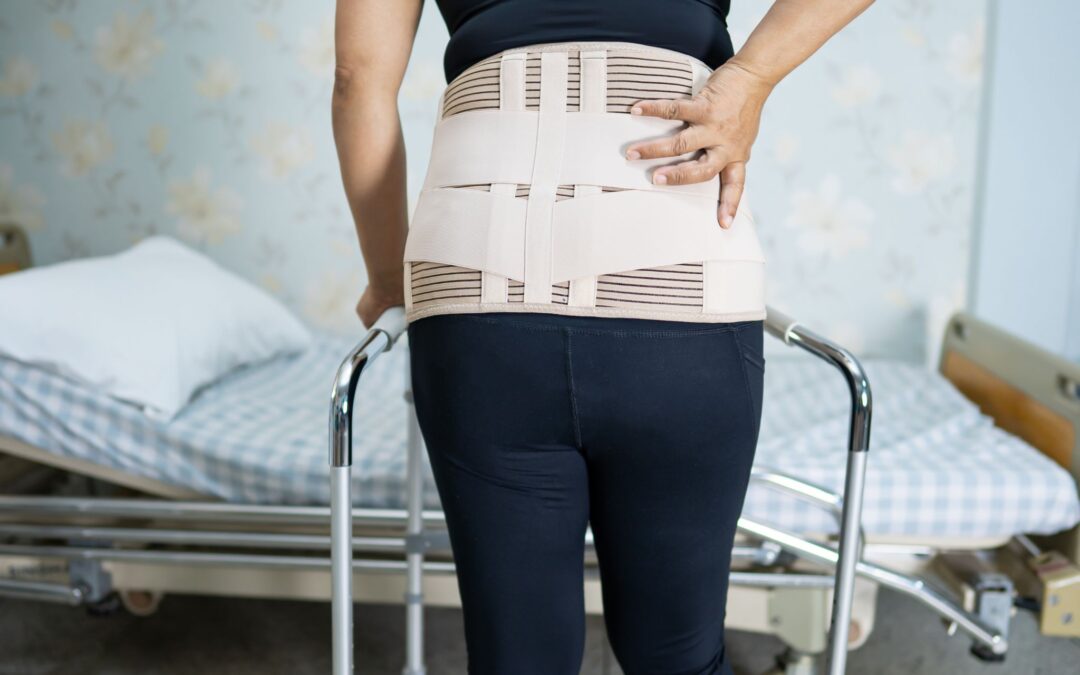
After pregnancy and delivery, many new mothers experience back pain, stiffness, or postural fatigue. The body undergoes significant changes during pregnancy, including ligament laxity, shifts in the center of gravity, and abdominal muscle stretching, all of which affect spinal alignment. Proper postpartum care is essential to restore spinal health, prevent chronic pain, and support everyday activities with your newborn. At Family Chiropractic of Clark, we provide safe chiropractic adjustments, posture guidance, and gentle exercise routines tailored to new mothers.
Understanding Postpartum Back Challenges
Pregnancy changes the musculoskeletal system in ways that often persist after delivery:
- Hormonal influences: Relaxin softens ligaments, which can increase joint mobility and instability
- Pelvic and spinal shifts: Weight changes and baby-carrying habits can cause lumbar and sacroiliac strain
- Weak core muscles: Abdominal separation (diastasis recti) reduces support for the spine
- Repetitive movements: Lifting, feeding, and carrying the baby frequently strains the upper and lower back
- Sleep disruption: Poor sleep positions and fatigue exacerbate pain
For related neck issues, see our page on Cervicalgia (Neck Pain). For lower back concerns, check our Lower Back Pain resource.
How Chiropractic Care Supports Postpartum Recovery
Chiropractic care is safe and effective for new mothers when performed by trained professionals. Benefits include:
- Pelvic realignment: Restores balance after pregnancy and delivery
- Spinal adjustments: Reduce pressure on lumbar and thoracic regions
- Improved posture: Supports ergonomic feeding, lifting, and daily movements
- Enhanced nerve function: Reduces radiating pain or numbness in lower extremities
Learn more about our tailored approach on our My First Visit page.
Safe Exercises for Postpartum Back Care
In addition to chiropractic support, gentle exercises help restore strength and prevent pain:
Core and Pelvic Stability
- Pelvic tilts: Strengthen the lower back and abdominal muscles
- Bridges: Activate glutes to support the lumbar spine
- Deep core breathing: Engage transverse abdominis and pelvic floor muscles
Upper Back and Shoulder Mobility
- Shoulder rolls: Release tension accumulated from feeding and lifting
- Cat-cow stretch: Mobilize the thoracic spine and reduce stiffness
- Scapular squeezes: Strengthen upper back muscles to improve posture
Low-Impact Movement
- Walking: Encourages circulation, spine mobility, and recovery
- Gentle yoga or stretching: Promotes flexibility and stress relief
Visit our Wellness & Exercises page for detailed postpartum routines.
Daily Posture and Lifestyle Tips
Practical adjustments during everyday activities significantly impact recovery:
- Lifting the baby: Always bend the knees and keep the baby close to your body
- Nursing positions: Use pillows and support your back and arms
- Carrying habits: Alternate sides to prevent asymmetrical strain
- Seating support: Use lumbar cushions while sitting for long periods
- Sleeping posture: Side-lying with a pillow between the knees keeps the spine aligned
These habits prevent strain and reinforce the benefits of chiropractic care.
When to Seek Professional Help
While mild discomfort is common, certain symptoms require attention:
- Persistent or worsening back or pelvic pain
- Radiating pain or numbness down the legs
- Difficulty performing daily activities due to spinal discomfort
- Signs of sacroiliac joint instability or severe core weakness
Our team at Family Chiropractic of Clark provides personalized postpartum care, focusing on gentle adjustments, exercise guidance, and long-term spine health.
Integrating Chiropractic Care with Daily Recovery
By combining:
- Proper posture awareness
- Ergonomic adjustments for lifting, feeding, and sleeping
- Gentle exercise routines
- Professional chiropractic care
New mothers can reduce pain, regain core strength, and enjoy daily activities with more comfort and confidence. Regular visits ensure long-term spinal health and help prevent chronic back or neck issues after pregnancy.
